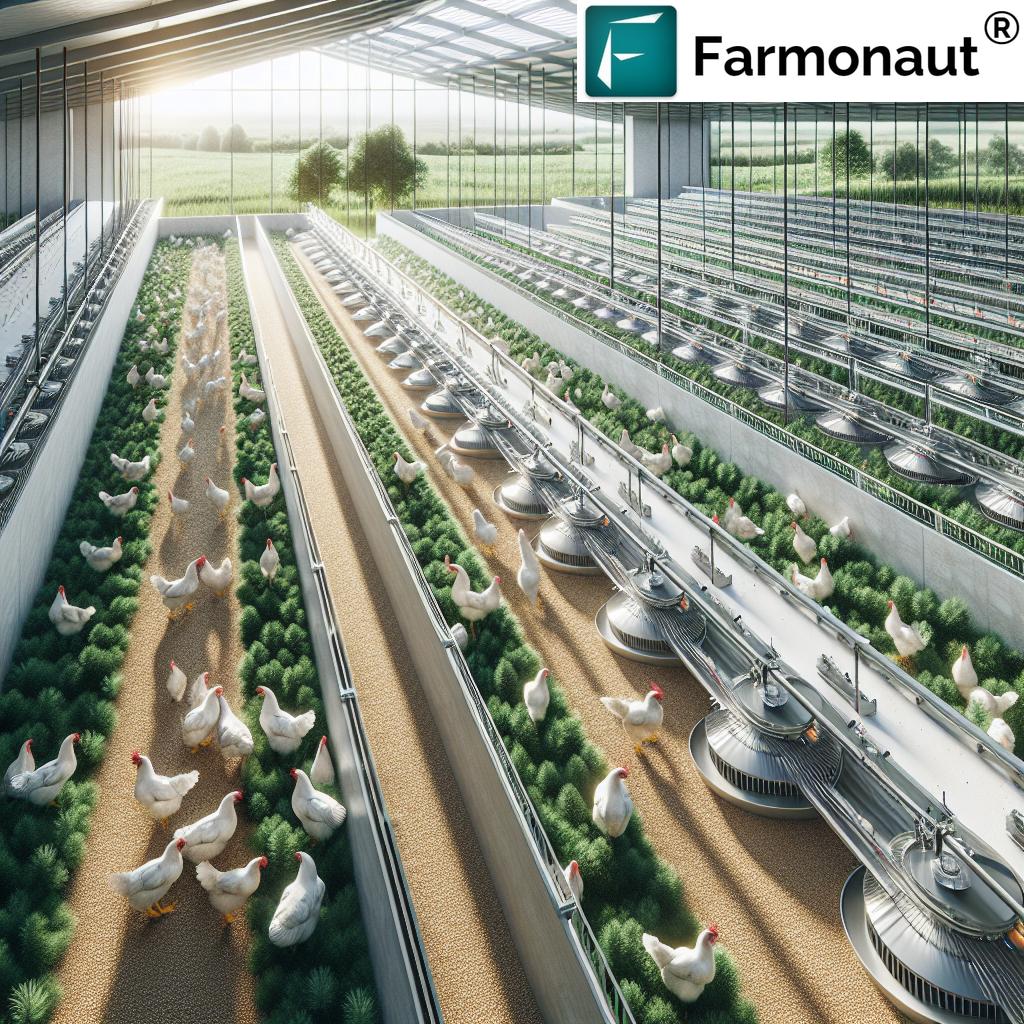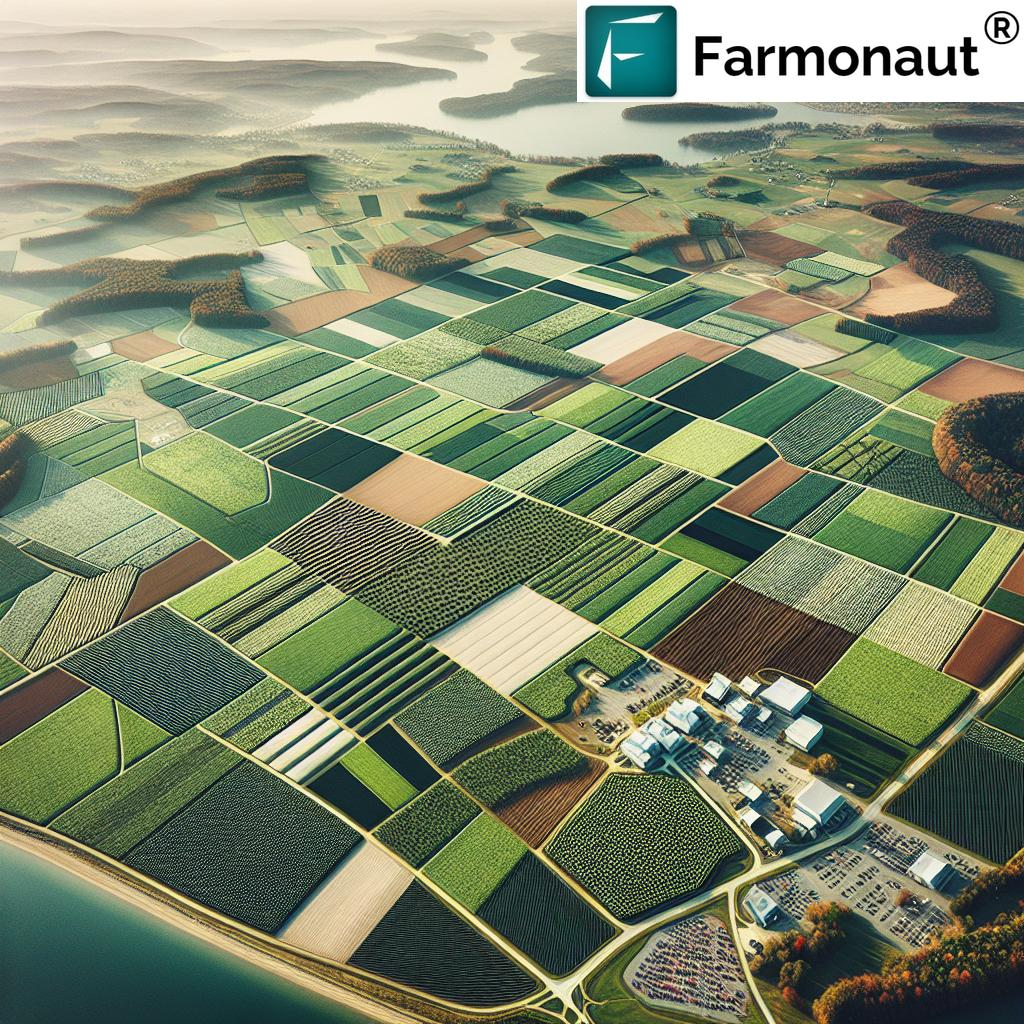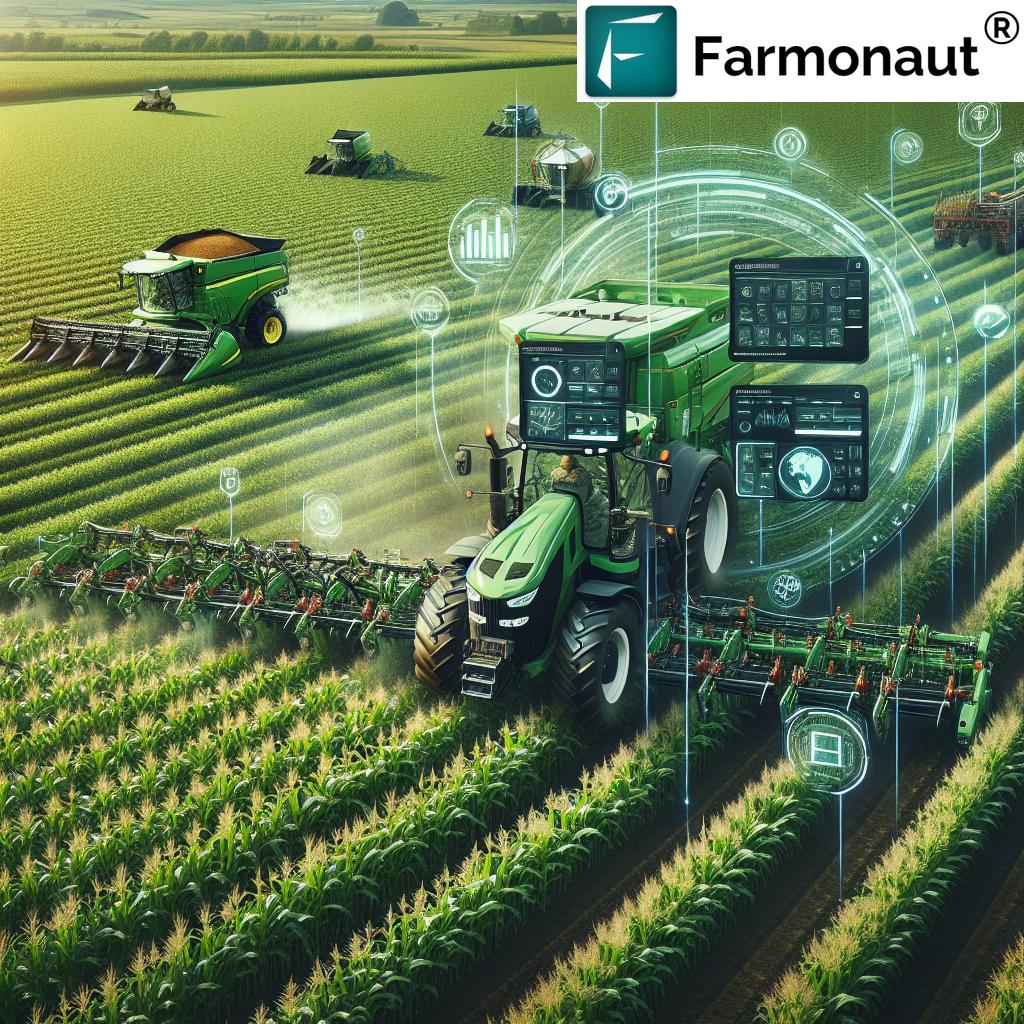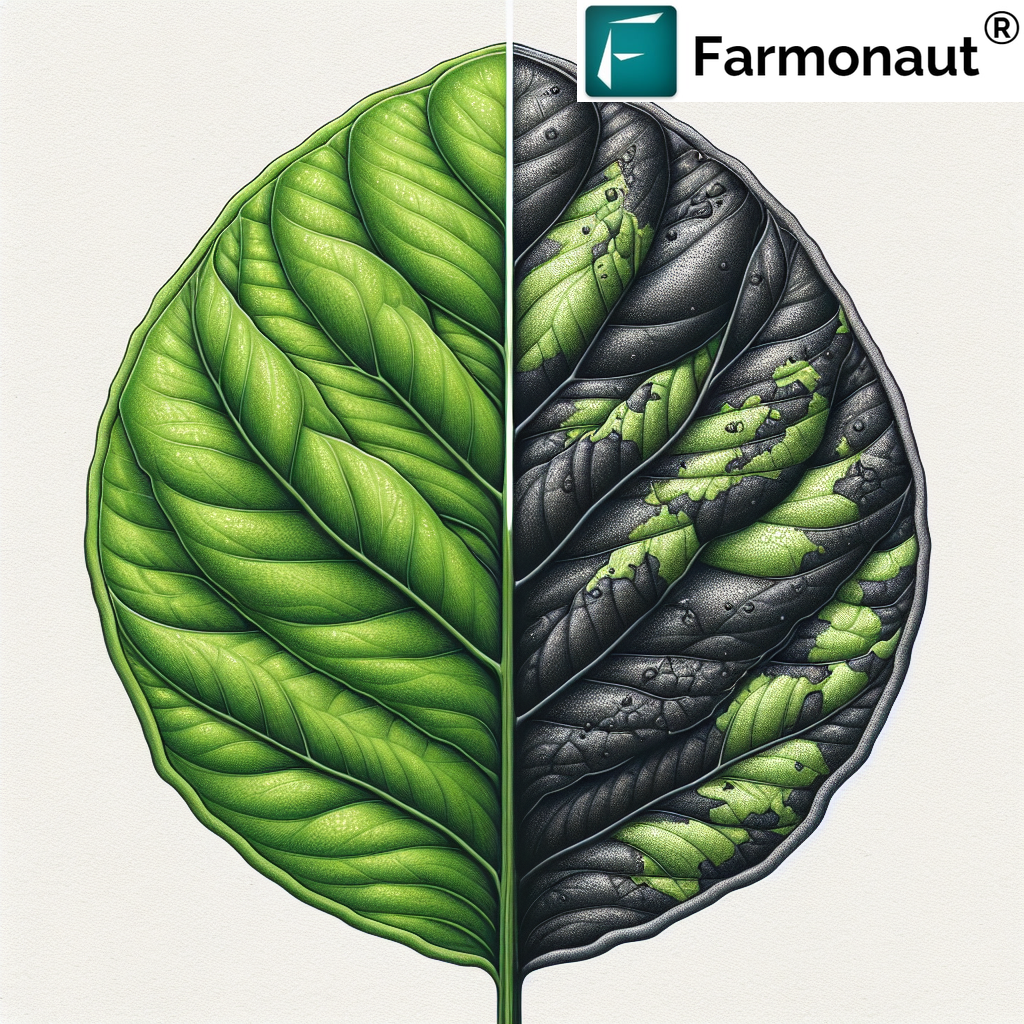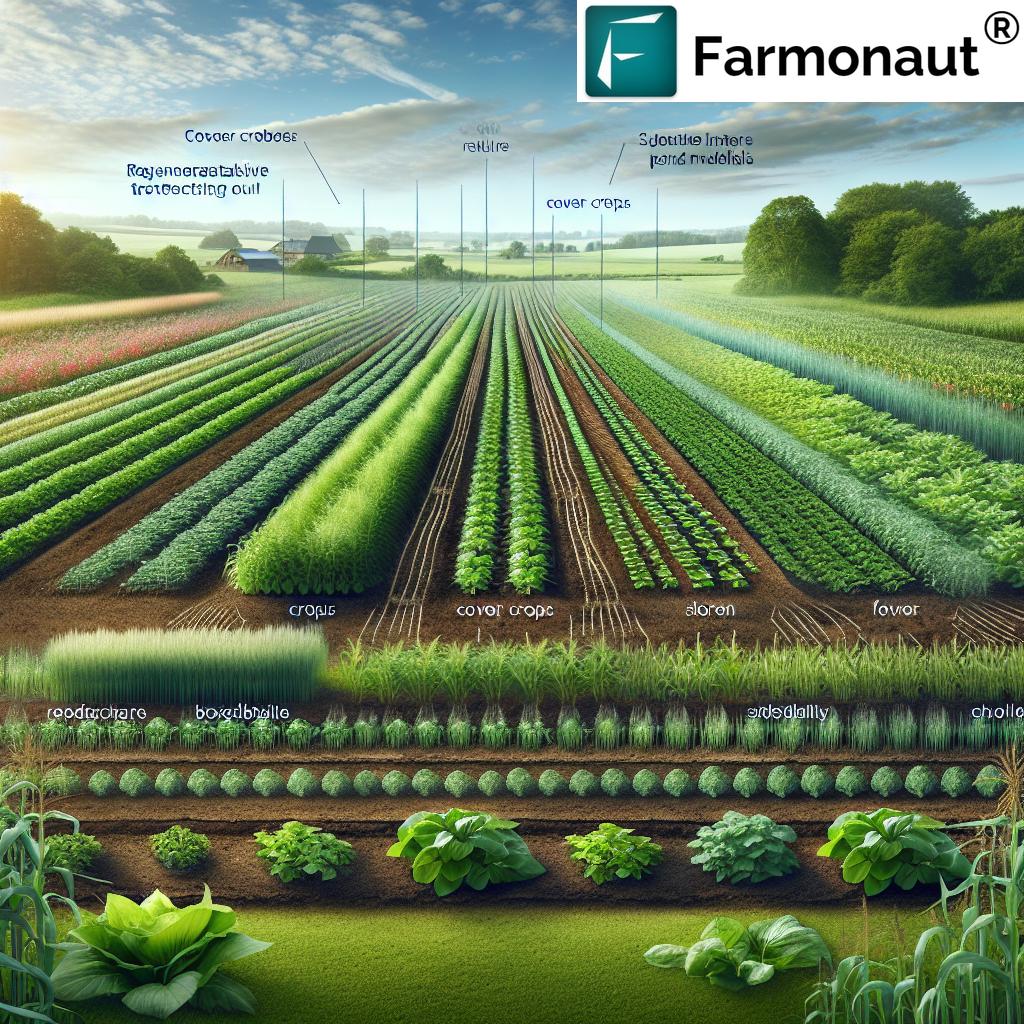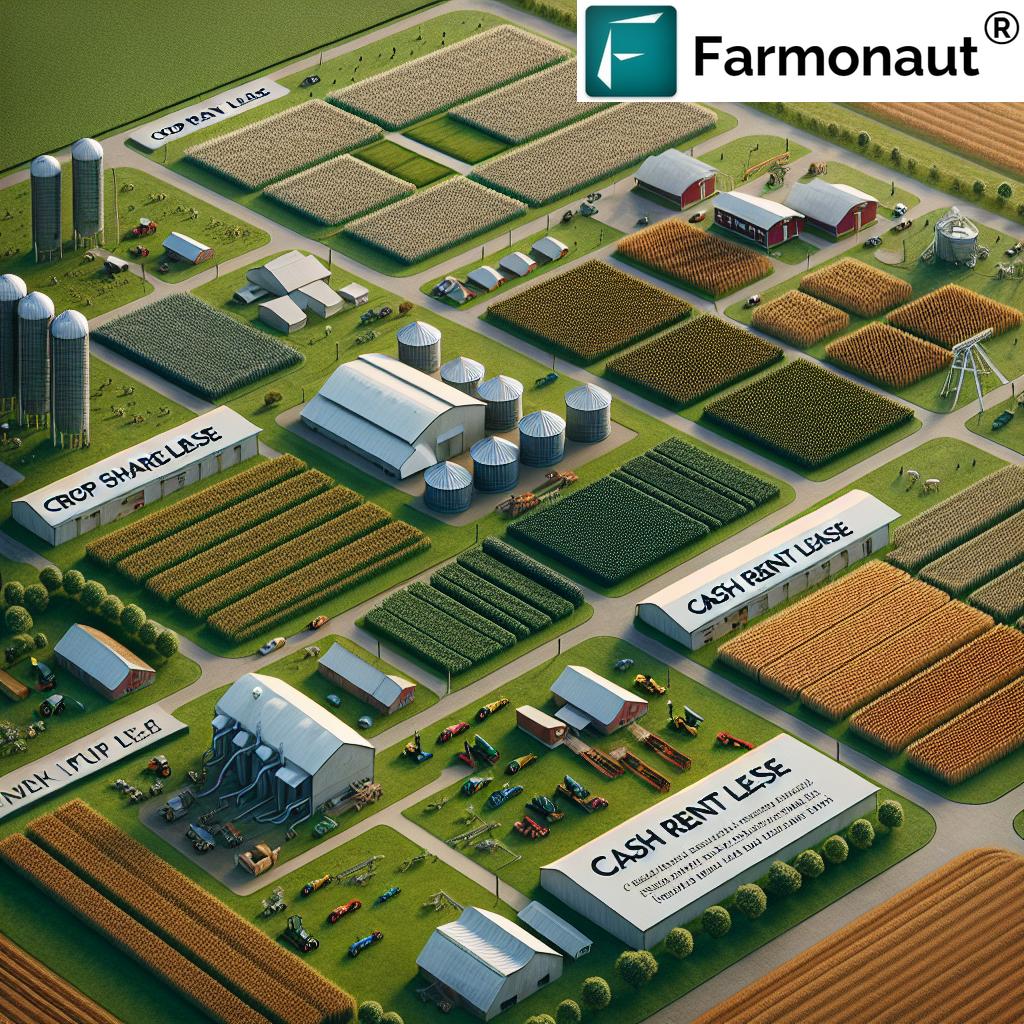Poultry Farm Secrets: 7 Hacks for Massive Success!
“Sustainable poultry farms can reduce feed costs by up to 20% through optimized nutrition and housing systems.”
Introduction: Poultry Farming’s Place in Global Agriculture
Poultry farming—the practice of raising domesticated birds such as chickens, turkeys, ducks, and geese for meat and eggs—is an enduring cornerstone of global agriculture. This essential industry not only fuels a significant portion of the world’s protein supply but also acts as a critical engine for economic development in many regions.
By integrating sustainable practices, maximizing production efficiency, and ensuring the welfare and health of their flocks, successful poultry farmers can navigate the demands of modern agriculture while also reducing their environmental impact. In this comprehensive guide, we’ll reveal the top 7 hacks for massive success in poultry farming—rooted in expertise, sustainability, and innovation.
Types of Poultry Farming: Intensive vs. Extensive Systems
To understand poultry farm success, we must start by examining the main types of poultry farming [Pastured Poultry]. These systems fundamentally influence bird behaviors, welfare, productivity, and environmental outcomes.
1. Intensive (Industrial/Factory) Poultry Farming
- Focus: Maximizing production through controlled environments, high-density housing systems, and mechanized processes.
- Birds are often kept in cage systems or cage-free but still confined indoors.
- Highly efficient in land use, feed conversion, and labor, allowing large-scale operations.
- Criticism: May restrict natural behaviors and raise animal welfare concerns; increased vulnerability to disease outbreaks if biosecurity isn’t managed.
2. Extensive (Free-Range/Pastured) Poultry Farming
- Focus: Allowing birds to roam outdoors, promoting natural behaviors and foraging.
- Known for more humane conditions, often resulting in healthier products and eggs perceived as higher quality.
- Supports sustainable poultry farming practices through active land use and lower environmental impact.
- Typically smaller-scale and more labor-intensive, but gaining popularity among consumers concerned with animal welfare.
Poultry Breeds and Their Purposes
Selecting the right poultry breeds is essential for optimized egg production, healthy growth, and efficient meat yield. Let’s explore common bird types and their purposes:
- Broilers: Fast-growing chickens bred for meat production and efficient feed conversion.
- Layers: Egg-type breeds optimized for high rates of egg laying; require nutrition tailored for shell quality and productivity.
- Dual-purpose breeds: Versatile birds used in both egg and meat production, common in backyard poultry farming and smallholdings.
- Specialty breeds (ducks, turkeys, geese): Each with unique housing, feeding, and management requirements.
Poultry Housing Systems: Creating Optimal Environments
The selected poultry housing system directly influences bird welfare, health, productivity, and environmental impact. Let’s explore common systems:
- Cage Systems: Predominant in intensive farming, these structures house birds in stacked cages—[Britannica]—facilitating efficient management and monitoring, but criticized for restricting movement and behaviors.
- Cage-Free Systems: Provide more space within closed housing, allowing birds to move freely—but still mostly indoors.
- Free-Range Systems: Offer outdoor access with fresh air, sunlight, and ground foraging, crucial for animal welfare and healthier products. Birds can exhibit natural behaviors such as dust bathing and foraging, which can enhance both product quality and flock health.
Whatever system we choose, it must prioritize:
- Ventilation: To manage temperature and reduce disease risks.
- Lighting: To stimulate egg laying and regulate growth. Layers, for example, require 14-16 hours of light daily for optimized production.
- Cleanliness: Regular removal of manure and proper sanitation for flock health.
- Space allocation: Avoiding overcrowding supports welfare and reduces outbreaks.
“Proper welfare practices can increase egg production by 15% while lowering disease rates in poultry flocks.”
7 Sustainable Poultry Farming Hacks: Comparative Practices & Outcomes Table
| Hack/Practice | Description | Estimated Egg Yield Increase (%) | Estimated Health Improvement (% reduction in disease cases) | Environmental Impact (estimated feed/water saved) | Difficulty Level |
|---|---|---|---|---|---|
| Optimized, Balanced Nutrition | Age-tailored feed and mineral supplementation for layers and broilers | 10% | 15% | Up to 20% reduction in wasted feed/water | Moderate |
| Proper Ventilation & Space Management | Well-designed airflow and optimal density for healthy flock environment | 7% | 18% | 8% reduction in water contamination | Easy |
| Regular Health & Vaccination Programs | Consistent monitoring and vaccination schedules | 6% | 24% | Minimized resource losses due to illness | Easy |
| Clean Water Management | Routine cleaning/change of waterers; monitoring for contaminants | 8% | 12% | Up to 15% water savings | Easy |
| Enhanced Welfare & Enrichment | Allowing natural behaviors, providing perches, dust baths, and foraging | 15% | 20% | Higher conversion efficiency | Intermediate |
| Waste Management & Manure Recycling | Turning manure into organic fertilizer; composting or energy conversion | 4% | 10% | Significant reduction in pollution | Intermediate |
| Adoption of Precision Technologies | Implementing satellite monitoring and AI for flock and environment management | 12% | 14% | Optimized use of all resources | Advanced |
The 7 Poultry Farm Hacks for Massive Success
To maximize your poultry farm’s productivity, sustainability, and profitability, we must implement the following hacks with precision:
- Optimized, Balanced Nutrition: Deliver age-tailored balanced diets that provide all essential nutrients, vitamins, and minerals, with a focus on reducing feed waste and improving feed efficiency. This directly impacts poultry growth and egg production.
- Proper Ventilation & Space Management: Ensure environments are well ventilated and provide sufficient space for movement to minimize disease outbreaks and improve bird welfare.
- Regular Health & Vaccination Programs: Adopt strict biosecurity, health monitoring, and regular vaccination to fight against diseases threatening flock health and industry output.
- Clean Water Management: Routine cleaning and monitoring of waterers guarantees optimal health, as birds consume more water than feed.
- Enhanced Welfare & Enrichment: Provide opportunities for natural behaviors—like foraging, perching, and dust bathing—to improve both product quality and animal welfare.
- Waste Management & Manure Recycling: Transform poultry waste into valuable resources, like organic fertilizer, reducing environmental pollution.
- Adoption of Precision Technologies: Integrate satellite-based monitoring, AI, and digital management platforms such as Farmonaut (see section below) to monitor flock health, optimize resource management, and reduce input costs.
Balanced Poultry Nutrition and Effective Feed Management
Optimal poultry nutrition is the foundation of flock productivity and robust health. A balanced diet tailored to age, breed, and purpose (meat or eggs) delivers measurable results in growth rates and immune resilience.
- Starter feeds for chicks: High protein and energy for rapid growth.
- Laying feeds for layers: Rich in calcium and vitamins for strong egg shells and sustained high production rates.
- Grower feeds: Intermediate protein and nutrients to support muscle and skeletal development.
- Broiler diets: Balanced for protein and energy to maximize meat yield while minimizing fat.
Proper poultry feed management includes monitoring feed intake, minimizing waste, and adjusting rations seasonally. Never underestimate the power of clean, fresh water—poultry consume more water than feed, and dehydration can instantly curb growth and egg output. Timers and automated drinkers can support clean water management, especially in large-scale or intensive systems.
For detailed, science-backed nutrition advice, see Poultry Nutrition Techniques.
Poultry Health and Disease Management
The risk of disease outbreaks is a constant challenge in the poultry industry, especially when operating at scale. Poultry health and disease management must focus on prevention, early detection, and rapid response.
- Biosecurity: Keep housing clean, restrict visitor access, and disinfect vehicles/equipment to limit disease introduction or spread in your system.
- Vaccination: Schedule vaccinations for common poultry diseases, such as Avian Influenza, Newcastle Disease, and Coccidiosis, to safeguard flock health and maintain high production rates.
- Observation: Train staff to identify early signs of stress, behavior change, or illness, which can help prevent full-blown losses.
- Veterinary Support: Engage professionals for regular checkups and laboratory diagnostics.
Failure to manage health can lead to substantial economic losses—including lower egg production, poor growth rates, and increased mortality.
Britannica: Poultry Health
Sustainable Poultry Farming Practices & Environmental Impact
Modern poultry farming must balance production efficiency with a commitment to sustainability and reduced environmental impact. Focused on both ethics (welfare, space, behaviors) and the planet, sustainable poultry farming practices include:
- Resource Efficiency: Adopt technologies such as LED lighting, natural ventilation, and use of carbon footprint tracking to monitor and reduce greenhouse gas emissions.
- Manure Management: Compost or recycle waste to create valuable fertilizer, reduce pollution, and minimize odor issues.
- Renewable Energy: Embrace solar panels, efficient heating, and water reuse systems to power your poultry operations, keep costs down, and improve environmental outcomes.
- Animal Welfare: Provide outdoor access, enrichment opportunities, and humane handling—all of which enhance product quality and market value.
For scalable monitoring and reporting of farm carbon metrics, explore Farmonaut Carbon Footprinting, which offers real-time data and helps farms become truly sustainable.
Learn more about responsible and sustainable poultry at The Farming Insider.
Farmonaut Solutions for Poultry Farming Success
Precision monitoring and data-driven insights are key to the future of poultry farming. Farmonaut offers technology that empowers both industrial and extensive farming operations with practical tools for sustainable success:
- Satellite-Based Farm & Flock Monitoring: Real-time satellite imagery allows for precise tracking of facility conditions, flock movement, vegetation health (NDVI), and local climate—crucial for both intensive and free-range poultry systems.
- Jeevn AI Advisory: Personalized, AI-driven insights for bird health, biosecurity, and flock management. Supports daily decision-making in both large-scale and backyard poultry farming.
- Product Traceability via Blockchain: Track every step of the supply chain from barn/field to retailer! Enhance trust and prove product quality for your eggs or meat with blockchain verification.
- Fleet & Resource Management: Ideal for large poultry operations. Track vehicles, automate logistics, and reduce costs in the delivery of feed and product.
- API and Integrations: Build your own poultry management dashboard with easy API access (API | API Docs).
- Crop Loan and Insurance Verification: Use satellite snapshots to ease the loan/insurance process—especially useful in regions like Mississippi or other local economies.
- Scalable Solutions: From small-bodied, backyard poultry farming operations to full-scale industrial production.
Ready to digitize your poultry operation? Try Farmonaut’s free and paid tools today:
Poultry Farming Challenges and Innovations
Despite advances in feed management, housing, and health programs, the poultry industry faces persistent challenges:
- Disease Outbreaks: High-density, industrial systems increase the risk of outbreaks (Avian flu, Newcastle disease, etc.).
- Market Fluctuations: Price swings for feed, eggs, and meat impact local economies and global trade.
- Environmental Impact: Waste mismanagement harms local environments (waterway pollution, odor, ammonia emission). Precision agriculture and sustainable poultry farming practices help us address these issues.
- Labor Shortages: Especially acute in rapidly growing regions or local economies.
Innovations for Modern Poultry Farming
- Mobile Coop Technology: Moveable, solar-powered coops with GPS tracking combine animal welfare and productivity. See recent trends on LuvFarmlife.
- Precision Technologies: Use Farmonaut for AI-advisory, resource tracking, and blockchained traceability across large operations—including egg production in chickens and advanced feed management.
- Sustainable Waste-to-Energy Solutions: Basic composting to advanced anaerobic digesters lower environmental impact and turn waste into profit.
Backyard Poultry Farming: Opportunities & Tips
- Growing trend worldwide—urban and rural settings alike.
- Allows families to produce their own eggs, meat, and reduce household waste.
- Key success factors: breed selection, coop cleanliness, access to secure outdoor runs, and proper nutrition.
- Leverage Farmonaut resources to monitor small plots or home setups via digital apps for optimized growth and health.
Frequently Asked Questions (FAQs)
What is the most important factor in maximizing egg production in chickens?
While breed and age matter, balanced poultry nutrition and proper lighting (14-16 hours/day) are crucial for stimulating consistent egg production.
How can I reduce disease outbreaks in my poultry flock?
Implement strict biosecurity protocols, maintain clean water sources, and adhere to a regular vaccination program using data from digital management systems like Farmonaut for optimal results.
What sustainable practices have the biggest impact?
Optimizing nutrition, efficient waste management, and using renewable energy sources greatly lower the environmental impact of poultry farms.
Can backyard poultry farming be profitable?
Yes, with the right breeds, proper housing, and routine management (nutrition, health, and space), small-scale producers can generate steady earnings and quality food.
How does Farmonaut assist with traceability and verification?
Farmonaut’s blockchain-based traceability records every stage of egg and meat production, ensuring transparency from farm to market—a value-add for premium and export-oriented producers.
Where can I learn more about Farmonaut’s large-scale management capabilities?
Visit Farmonaut Large Scale Farm Management for digital solutions suited to major poultry and agri-business operations.
Conclusion
Poultry farming is as dynamic as it is essential. By implementing the 7 hacks above—rooted in sustainable practices, effective health management, precision technologies, and welfare-driven housing—we can elevate both the efficiency and environmental responsibility of our poultry operations.
By using innovative, data-driven tools such as Farmonaut for crop and resource management, ensuring traceability, and embracing a holistic, science-based approach, we secure a more productive, sustainable future for global poultry farming—from the backyard enthusiast to the industrial producer. Whether your goal is optimized egg production, higher-quality meat, or improved welfare standards, proactive management and continuous learning are the keys to massive success!





